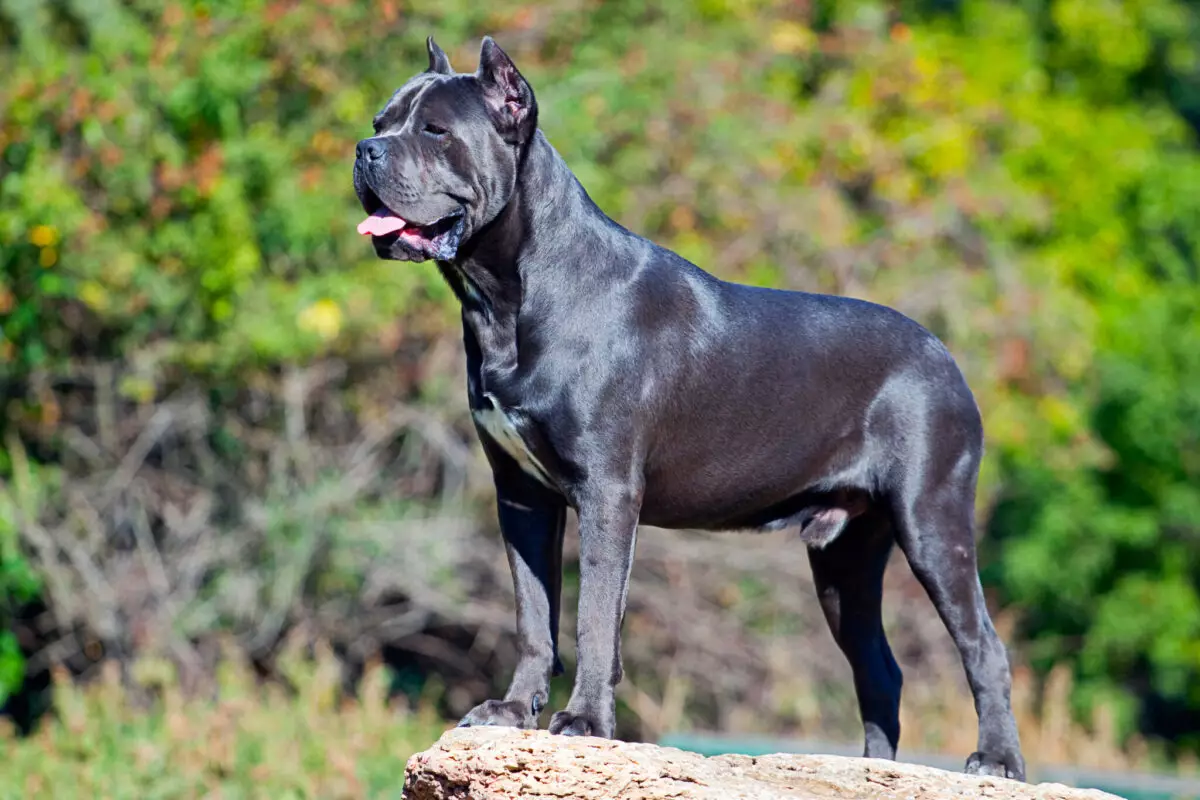Throughout the ages, dogs have transcended their roles as mere pets, stepping into the pivotal position of loyal companions in the throes of warfare. Beyond their affection for humans, these remarkable creatures have proven themselves as indispensable assets on the battlefield, serving not just as sentinels and messengers but as fearless combatants. This article seeks to explore the rich tapestry of warrior dogs, highlighting some lesser-known breeds in addition to the more celebrated ones, and examining their influence and contributions throughout history.
The Mastiff stands as one of the oldest breeds linked with military endeavors. This imposing figure has a remarkable history dating back to the Roman Empire, where these remarkable dogs were bred specifically for combat. Their intimidating size enabled them to charge into battle with authority, and they were often clad in armor, ready to confront enemy forces. The Mastiffs’ unique ability to hold their ground against adversaries while also possessing the strength to tackle opponents head-on made them vital components in ancient military strategies. Their imposing presence not only offered physical strength but also instilled fear in enemies, contributing significantly to their status as symbols of resilience and loyalty.
Originating from Italy, the Cane Corso’s lineage is deeply intertwined with military history. Descendants of the ancient Roman Molossian dogs, Cane Corsos were celebrated for their athleticism and courage in battle. Designed to assist soldiers, these powerful dogs charged into skirmishes and fiercely protected military encampments from threats—rendering them vital allies in numerous campaigns. Aside from their prowess in combat, their ability to carry substantial loads offered an added layer of functionality, proving them to be invaluable companions in the logistical aspects of warfare. Their loyalty and intelligence further established the Cane Corso as a treasured member of the military ranks.
When one thinks of war dogs, the image of a hefty Mastiff or robust German Shepherd often comes to mind. Yet, the Airedale Terrier, affectionately dubbed the “King of Terriers,” piqued the interest of British forces during World War I. This breed distinguished itself despite its smaller stature, demonstrating intelligence and adaptability in various military roles, particularly as messengers and search-and-rescue operatives. Their instinctual ability to navigate through treacherous terrains to deliver critical messages or locate wounded soldiers on the battlefield showcased their unwavering dedication and bravery. The Airedale’s contribution is testament to the notion that heroism can come in various forms and sizes.
The Perro de Presa Canario is another lesser-known breed that carved a niche for itself in military history. Originating from the Canary Islands, these muscular dogs were primarily bred to guard livestock. However, their formidable presence and loyalty won them roles in military applications, especially during Spanish conquests. Their aggressive instincts, combined with their protective nature, made them invaluable in safeguarding soldiers and their camps. The combination of strength, aggression, and loyalty marked the Perro de Presa Canario as a fearsome guardian, contributing to its storied legacy in military operations.
The Alano Español packs a historical punch as a significant contributor to Spanish military efforts during the Middle Ages. Renowned for their formidable physiques, these dogs excelled in battle, with their fearless demeanor allowing them to charge directly at enemies. Their prowess extended beyond brute strength; they were adept at capturing prisoners and hunting larger game. The Alano’s fierce loyalty and combat skills positioned them as essential support for the Spanish military, underscoring their importance in historical warfare.
The Irish Wolfhound, though often recognized today for its gentle demeanor, has a heritage steeped in valor and combat. Renowned for their impressive stature, these hounds were bred to tackle wolves and other large prey. However, their role extended into the battlefield as they were used to protect chieftains and their men during conflicts. The Wolfhound’s impressive strength and loyalty in protecting their handlers cemented their status as respected warriors in ancient Ireland, embodying the noble spirit and courage that defined the breed.
While the landscape of warfare continues to evolve, the legacy of these historical warrior dogs remains timeless. Each breed has played a crucial role in shaping military operations throughout history—a testament to their strength, bravery, and unwavering loyalty. Today, their influence lives on not merely in history books but in the hearts and homes of dog enthusiasts worldwide. As protectors, companions, and symbols of steadfastness, these warrior dogs have imprinted their valor on human history, ensuring their place in our collective memory for generations to come.

